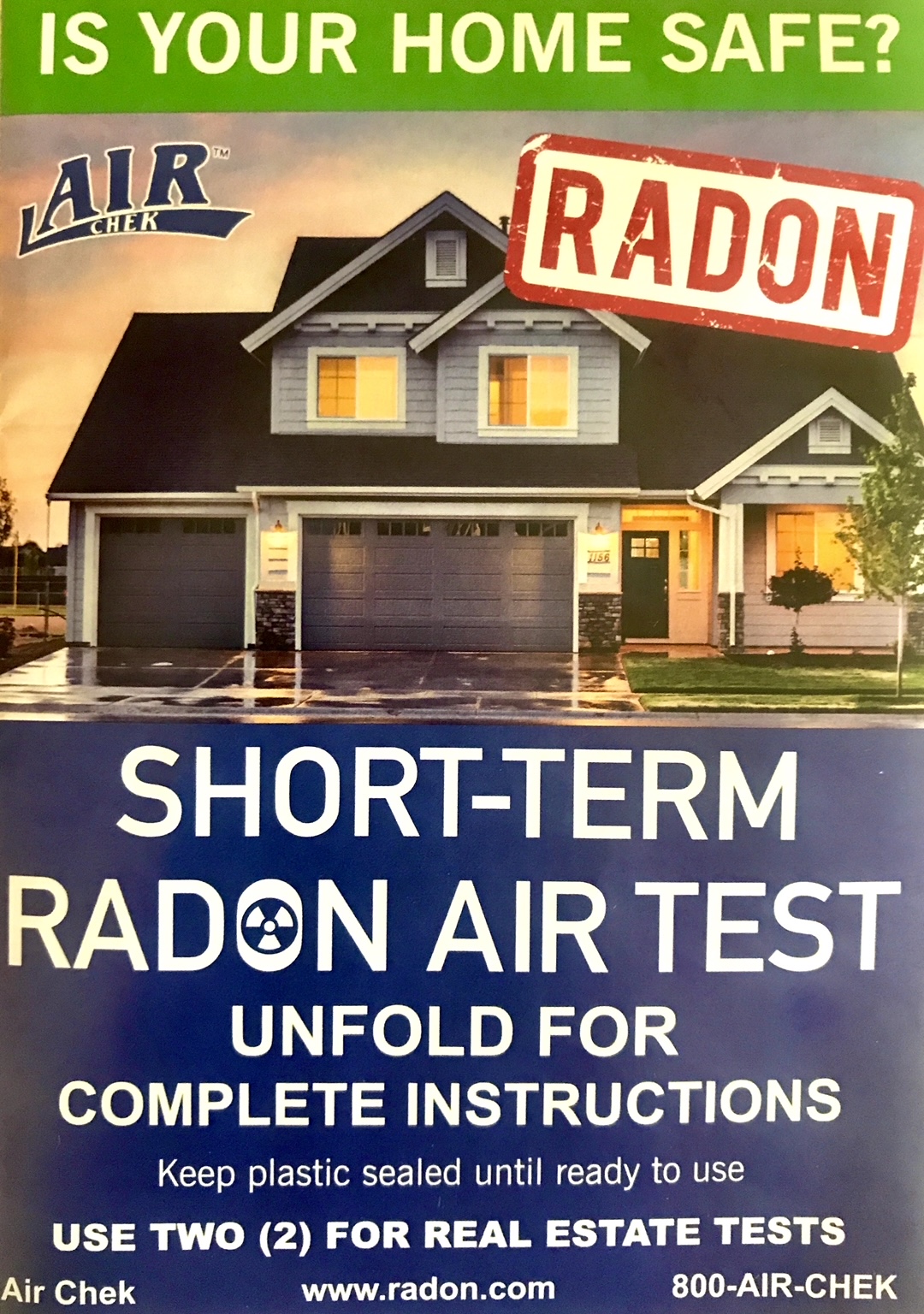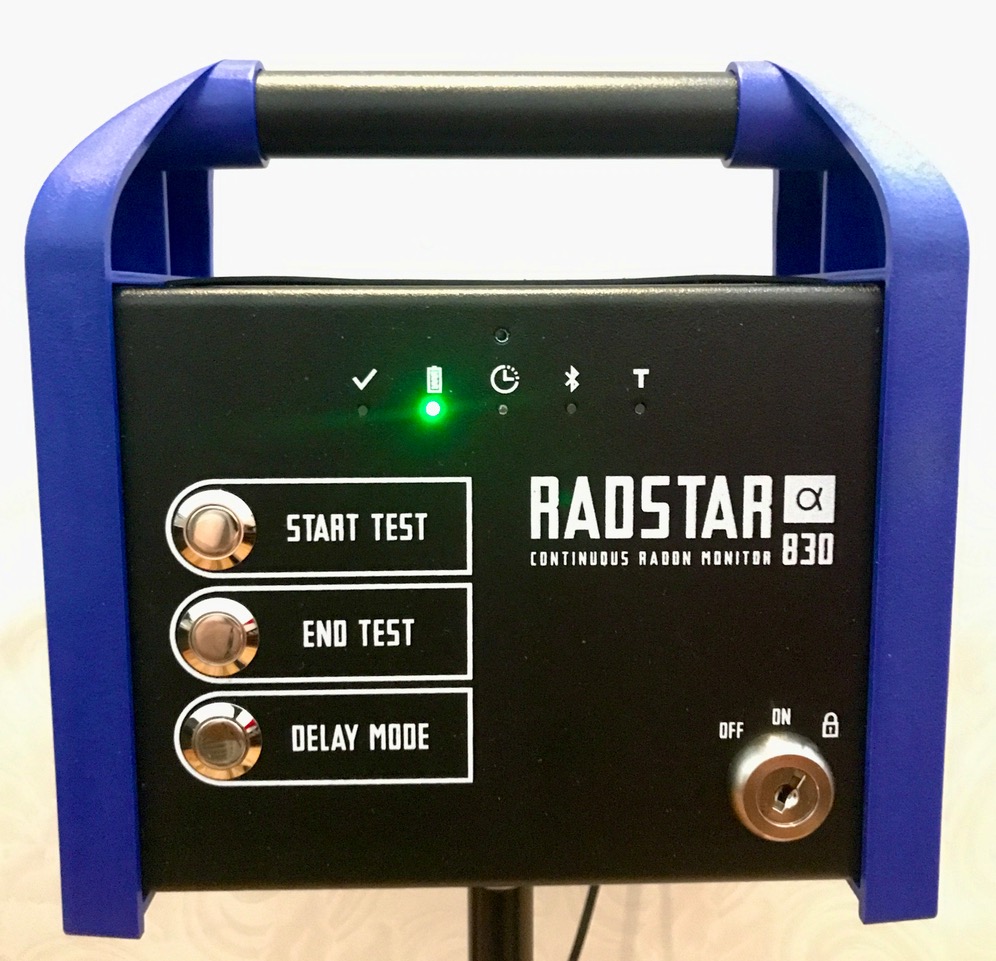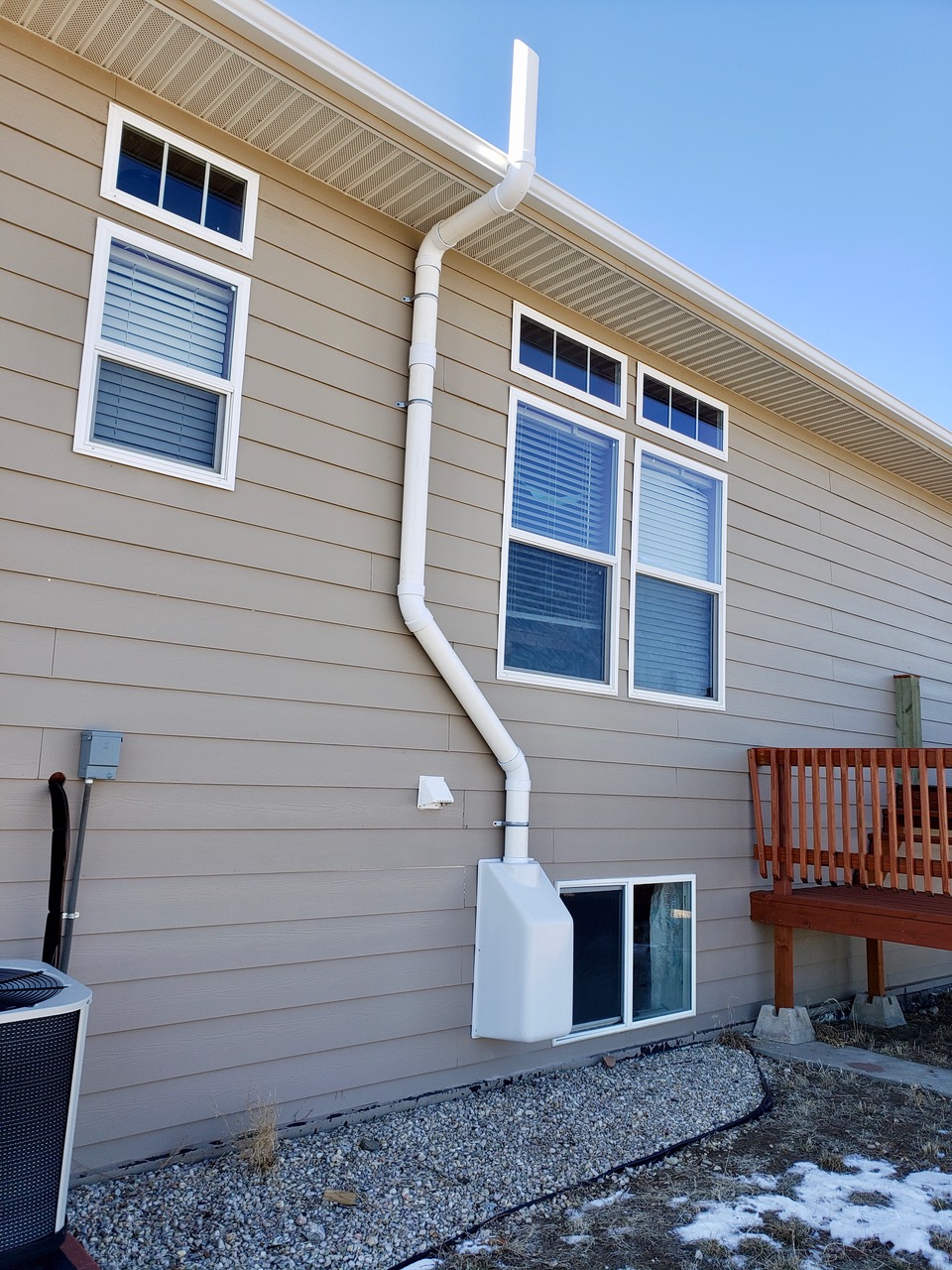We offer accurate radon testing services to determine if your home has elevated levels of radon. Our testing methods are reliable, and we use state-of-the-art equipment to ensure accuracy.
ALO RADON | Certified Radon Professional
Radon Testing: Understanding the Importance of Indoor Air Quality


The Radon Testing Process
Types of Radon Testing
Which is the best method for you?
There are several types of radon testing methods available, each with its own advantages and applications. The two primary categories of radon testing are short-term testing and long-term testing.
Here are some common types within these categories.
Short-Term Testing
-
Charcoal Canisters: These are passive devices filled with activated charcoal. They are typically placed in the lowest livable area of a building for 2 to 7 days and then sent to a laboratory for analysis.
- Alpha-Track Detectors: These detectors use a small piece of plastic or film that records alpha particle tracks when it is exposed to radon. They are deployed for several days to several months and then analyzed in a laboratory.
-
Electret Ion Chamber (EIC): These are small, electrically charged detectors that collect data on radon levels over a few days to a week.
Long-Term Testing
-
Continuous Radon Monitors (CRM): These electronic devices provide continuous measurements of radon levels and can record data over an extended period, typically a minimum of 90 days. They provide more detailed and accurate data but are more expensive.
-
Alpha-Track or Electret Detectors for Longer Durations: Similar to short-term methods, alpha-track and electret detectors can be used for longer durations, ranging from 3 months to 1 year or more, to obtain a more accurate representation of year-round radon exposure.
It’s important to choose the appropriate radon testing method based on your specific needs and circumstances. Short-term tests are often used for initial screening, while long-term tests are recommended for a more comprehensive assessment of radon levels, as they account for fluctuations due to seasonal variations and occupancy patterns. Regardless of the method chosen, following proper testing protocols and ensuring accurate placement of detectors is essential to obtaining reliable results. If elevated radon levels are detected, it’s advisable to consult a radon mitigation professional to address the issue and reduce the risk to occupants’ health.
Our Promise To You
From The Owner
Ridding the world of Radon, one home at a time. With over 4 years of experience the testing and mitigation industry, ALO Radon is your industry leader in the Spearfish area and all the surrounding areas. We pride ourselves on our extreme professionalism and attention to detail. As a family owned & operated business, you can trust we will treat your project as we would treat our own. Our customer satisfaction guarantee will assure you that you are completely satisfied with our work. Give us a call today, we look forward to working with you!

Get In Touch
ALO Radon
Spearfish, SD 57783
1 855 LO-RADON
1 855 567 2366
